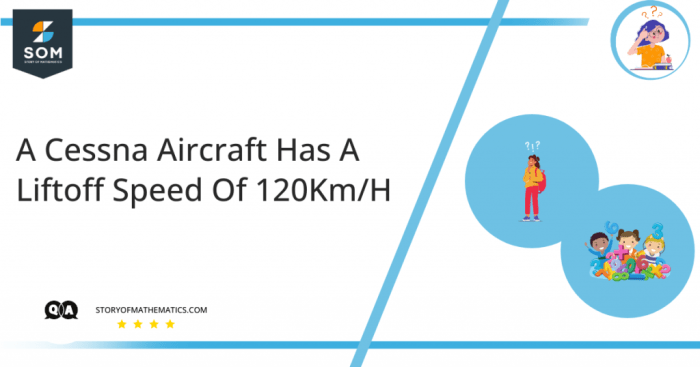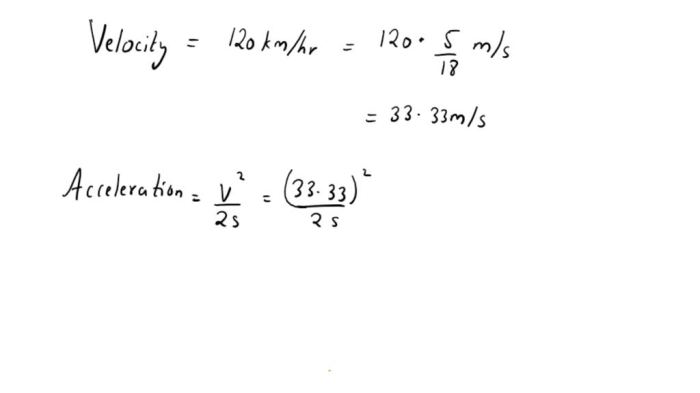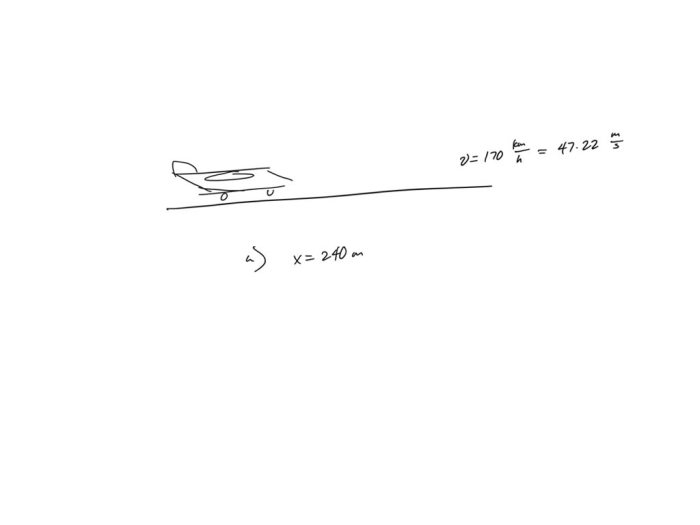A cessna aircraft has a liftoff – As a Cessna aircraft gracefully ascends, this exploration takes flight, inviting you to delve into the world of aviation with an engaging narrative. Prepare for a journey that unveils the intricacies of this remarkable aircraft, from its specifications and flight dynamics to its captivating history and diverse applications.
Beyond its technical prowess, the Cessna aircraft has played a pivotal role in shaping the aviation landscape, serving as a trusted companion for recreational flyers, flight enthusiasts, and commercial operators alike. Join us as we explore the fascinating story behind this iconic aircraft, its impact on the industry, and its promising future.
Aircraft Specifications

The Cessna aircraft is a popular choice for both private and commercial aviation. It is known for its reliability, versatility, and performance.The Cessna aircraft comes in a variety of models, each with its own unique set of specifications. The most popular models include the Cessna 172 Skyhawk, the Cessna 182 Skylane, and the Cessna 206 Stationair.
Watching a Cessna aircraft lift off the ground is a breathtaking sight, reminding us of the wonders of human ingenuity. Just as a phlebotomist follows a specific order of draw to ensure accurate blood test results ( phlebotomy order of draw quiz ), so too does the aircraft follow a precise sequence of steps for a successful liftoff.
Dimensions
The Cessna 172 Skyhawk is the smallest of the three models, with a wingspan of 36 feet and a length of 24 feet. The Cessna 182 Skylane is slightly larger, with a wingspan of 38 feet and a length of 26 feet.
The Cessna 206 Stationair is the largest of the three models, with a wingspan of 44 feet and a length of 31 feet.
Weight
The Cessna 172 Skyhawk has a maximum takeoff weight of 2,450 pounds. The Cessna 182 Skylane has a maximum takeoff weight of 3,100 pounds. The Cessna 206 Stationair has a maximum takeoff weight of 4,600 pounds.
Engine Power
The Cessna 172 Skyhawk is powered by a 160-horsepower Lycoming O-360 engine. The Cessna 182 Skylane is powered by a 230-horsepower Lycoming O-540 engine. The Cessna 206 Stationair is powered by a 300-horsepower Lycoming IO-540 engine.
Performance Capabilities
The Cessna 172 Skyhawk has a maximum speed of 120 knots and a range of 600 nautical miles. The Cessna 182 Skylane has a maximum speed of 135 knots and a range of 800 nautical miles. The Cessna 206 Stationair has a maximum speed of 160 knots and a range of 1,000 nautical miles.The
following table compares the specifications of the three Cessna models:| Feature | Cessna 172 Skyhawk | Cessna 182 Skylane | Cessna 206 Stationair ||—|—|—|—|| Wingspan | 36 feet | 38 feet | 44 feet || Length | 24 feet | 26 feet | 31 feet || Maximum takeoff weight | 2,450 pounds | 3,100 pounds | 4,600 pounds || Engine power | 160 horsepower | 230 horsepower | 300 horsepower || Maximum speed | 120 knots | 135 knots | 160 knots || Range | 600 nautical miles | 800 nautical miles | 1,000 nautical miles |
Flight Dynamics: A Cessna Aircraft Has A Liftoff

The principles of flight that govern a Cessna aircraft are rooted in the fundamental forces that act upon it. Understanding these forces and their interplay is crucial for successful takeoff, flight, and landing.
Four primary forces act on a Cessna aircraft during flight: lift, weight, thrust, and drag. Lift, generated by the wings’ shape and airflow, opposes the force of gravity (weight). Thrust, produced by the engine, propels the aircraft forward, while drag, caused by air resistance, acts in opposition to motion.
Takeoff Procedure
The takeoff procedure for a Cessna aircraft involves a series of steps that ensure a safe and controlled ascent.
- Preflight Inspection:Before takeoff, a thorough inspection of the aircraft is conducted to ensure it is airworthy and all systems are functioning properly.
- Engine Start and Taxi:The engine is started, and the aircraft taxies to the runway’s designated takeoff point.
- Power Application:With the aircraft aligned with the runway, full power is applied to accelerate.
- Rotation:As the aircraft gains speed, the pilot gently pulls back on the control yoke, causing the nose to rise and the aircraft to lift off the ground.
- Climbout:Once airborne, the pilot maintains a positive rate of climb while retracting the landing gear and flaps.
Safety Considerations
Cessna aircraft prioritize safety through advanced features and strict protocols. Understanding these measures and potential hazards is crucial for responsible operation.
Potential Hazards and Risks
- Mechanical Malfunctions:Engine failure, hydraulic system issues, or electrical problems can compromise aircraft control.
- Weather Conditions:Severe weather, including storms, turbulence, and icing, can affect aircraft stability and visibility.
- Human Error:Pilot mistakes, fatigue, or distractions can lead to operational errors and accidents.
- Terrain Obstacles:Mountains, tall buildings, and other obstacles pose collision risks during takeoff, landing, and flight.
- Air Traffic:Collisions with other aircraft, especially in busy airspace, require vigilance and effective communication.
Maintenance and Inspections

To ensure the continued safe and efficient operation of a Cessna aircraft, regular maintenance and inspections are essential. These inspections vary in frequency and scope, depending on the type of aircraft and its operating conditions.
The Federal Aviation Administration (FAA) establishes minimum maintenance and inspection requirements for all aircraft, and these requirements are supplemented by the manufacturer’s recommended maintenance schedule.
Types of Inspections, A cessna aircraft has a liftoff
There are several different types of inspections that are performed on Cessna aircraft, each with its own specific purpose and interval.
- Pre-flight inspection:This is a daily inspection that is performed by the pilot before each flight. It includes a visual inspection of the aircraft’s exterior and interior, as well as a check of the aircraft’s systems.
- Annual inspection:This is a comprehensive inspection that is performed by a certified mechanic once a year. It includes a detailed inspection of the aircraft’s airframe, engine, and systems.
- 100-hour inspection:This is a less comprehensive inspection that is performed by a certified mechanic every 100 hours of flight time. It includes a visual inspection of the aircraft’s airframe and engine, as well as a check of the aircraft’s systems.
- Major inspection:This is the most comprehensive inspection that is performed on a Cessna aircraft. It is performed by a certified mechanic every 12 years. It includes a complete disassembly and inspection of the aircraft’s airframe, engine, and systems.
Maintenance Schedule
The following table summarizes the maintenance schedule for a Cessna aircraft:
| Inspection | Interval |
|---|---|
| Pre-flight inspection | Daily |
| Annual inspection | 12 months |
| 100-hour inspection | 100 flight hours |
| Major inspection | 12 years |
Pilot Training and Certification

To operate a Cessna aircraft, pilots must undergo specialized training and obtain the appropriate certification. This process ensures that pilots possess the necessary knowledge, skills, and experience to safely operate these aircraft.
Types of Pilot Licenses
There are different levels of pilot licenses, each with its own set of privileges and requirements:
- Student Pilot Certificate:Allows individuals to begin flight training under the supervision of a certified flight instructor.
- Private Pilot Certificate:Enables pilots to fly non-commercial aircraft for personal use within certain limitations.
- Commercial Pilot Certificate:Authorizes pilots to operate aircraft for compensation or hire.
- Airline Transport Pilot Certificate:The highest level of pilot certification, required for pilots flying large commercial aircraft.
Roadmap to Obtaining a Pilot’s License
To obtain a pilot’s license for a Cessna aircraft, aspiring pilots typically follow this roadmap:
- Obtain a Student Pilot Certificate:Begin with ground school and flight training under a certified flight instructor.
- Pass the Private Pilot Knowledge Test:Demonstrate understanding of aviation principles, regulations, and procedures.
- Complete Required Flight Hours:Log a specified number of flight hours, including solo and cross-country flights.
- Pass the Private Pilot Checkride:An oral and flight examination conducted by a Federal Aviation Administration (FAA) examiner.
- Maintain Currency and Proficiency:Regularly fly and complete recurrent training to maintain piloting skills and knowledge.
Applications and Use Cases

Cessna aircraft serve a diverse range of applications in both recreational and commercial aviation. Their versatility, reliability, and cost-effectiveness make them popular choices for various purposes.
Recreational Flying
Cessna aircraft are widely used for recreational flying, offering pilots and enthusiasts an enjoyable and accessible way to experience the joy of flight. These aircraft provide a stable and comfortable platform for sightseeing, cross-country trips, and aerobatic maneuvers.
History and Evolution
The history of Cessna aircraft is a tale of innovation, perseverance, and unwavering passion for aviation. From its humble beginnings to its current status as a global leader in general aviation, Cessna has left an enduring mark on the industry.Cessna’s
journey began in 1911 when Clyde Cessna, a self-taught engineer, built his first aircraft, the Comet. Despite several crashes and setbacks, Cessna remained undeterred and continued to refine his designs. In 1927, he founded the Cessna Aircraft Company in Wichita, Kansas, marking the official start of the Cessna legacy.Over
the decades, Cessna has introduced a wide range of aircraft models, each tailored to meet specific market demands. From the iconic Cessna 172 Skyhawk, known for its reliability and versatility, to the high-performance Citation business jet series, Cessna has consistently pushed the boundaries of aviation technology.
Key Milestones
-
-*1927
Founding of the Cessna Aircraft Company
-*1940s
Production of the Cessna 140, a popular training aircraft during World War II
-*1950s
Introduction of the Cessna 172 Skyhawk, one of the most successful aircraft in history
-*1960s
Development of the Cessna Citation business jet series
-*1980s
Acquisition by General Dynamics
-*1992
Re-establishment as Cessna Aircraft Company
-*2007
Acquisition by Textron Aviation
Technological Advancements
Cessna has been at the forefront of technological advancements in aviation. Some notable milestones include:
-
-*1950s
Introduction of tricycle landing gear, improving handling and safety
-*1960s
Development of the first pressurized cabin aircraft, the Cessna Citation I
-*1980s
Integration of advanced avionics systems, enhancing situational awareness and safety
-*2000s
Introduction of the Garmin G1000 glass cockpit, revolutionizing aircraft navigation
-*2010s
Development of the Cessna SkyCourier, a next-generation utility aircraft
Market Analysis

The Cessna aircraft market is a dynamic and competitive landscape with a diverse range of players. The market is primarily driven by demand from various sectors, including private aviation, flight training, and commercial operations.
Key market trends include increasing demand for light aircraft, growing popularity of fractional ownership models, and advancements in avionics and technology.
Competitive Landscape
- Beechcraft
- Cirrus Aircraft
- Diamond Aircraft
- Piper Aircraft
These competitors offer a range of aircraft models that cater to different segments of the market.
Market Forecast
The Cessna aircraft market is projected to experience steady growth in the coming years, driven by increasing demand from emerging markets and the growing popularity of private aviation.
Advancements in technology and the development of more fuel-efficient aircraft are expected to further drive market growth.
Detailed FAQs
What are the key features of a Cessna aircraft?
Cessna aircraft are renowned for their exceptional performance, reliability, and versatility. They typically feature advanced avionics, comfortable cabins, and powerful engines, making them ideal for a wide range of applications.
What is the history behind Cessna aircraft?
Cessna aircraft have a rich history dating back to the early 20th century. Founded by Clyde Cessna, the company has played a significant role in the development of general aviation, producing a wide range of aircraft that have become synonymous with quality and innovation.
What are the different types of Cessna aircraft?
Cessna aircraft come in a variety of models, each designed for specific purposes. From the iconic Cessna 172, known for its stability and affordability, to the high-performance Cessna Citation series, there is a Cessna aircraft to suit every need.